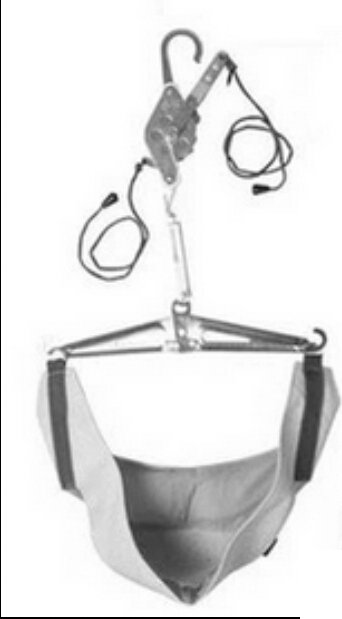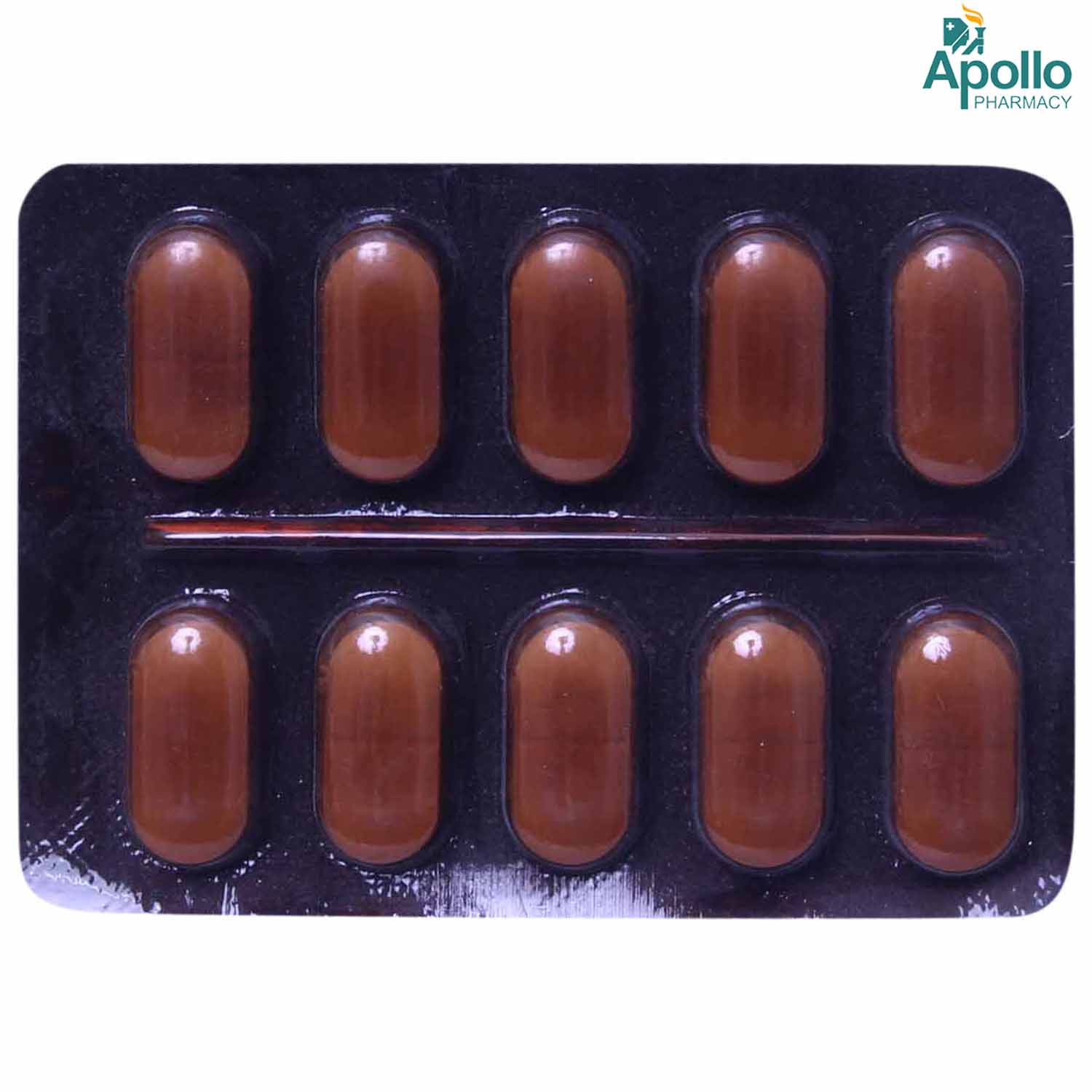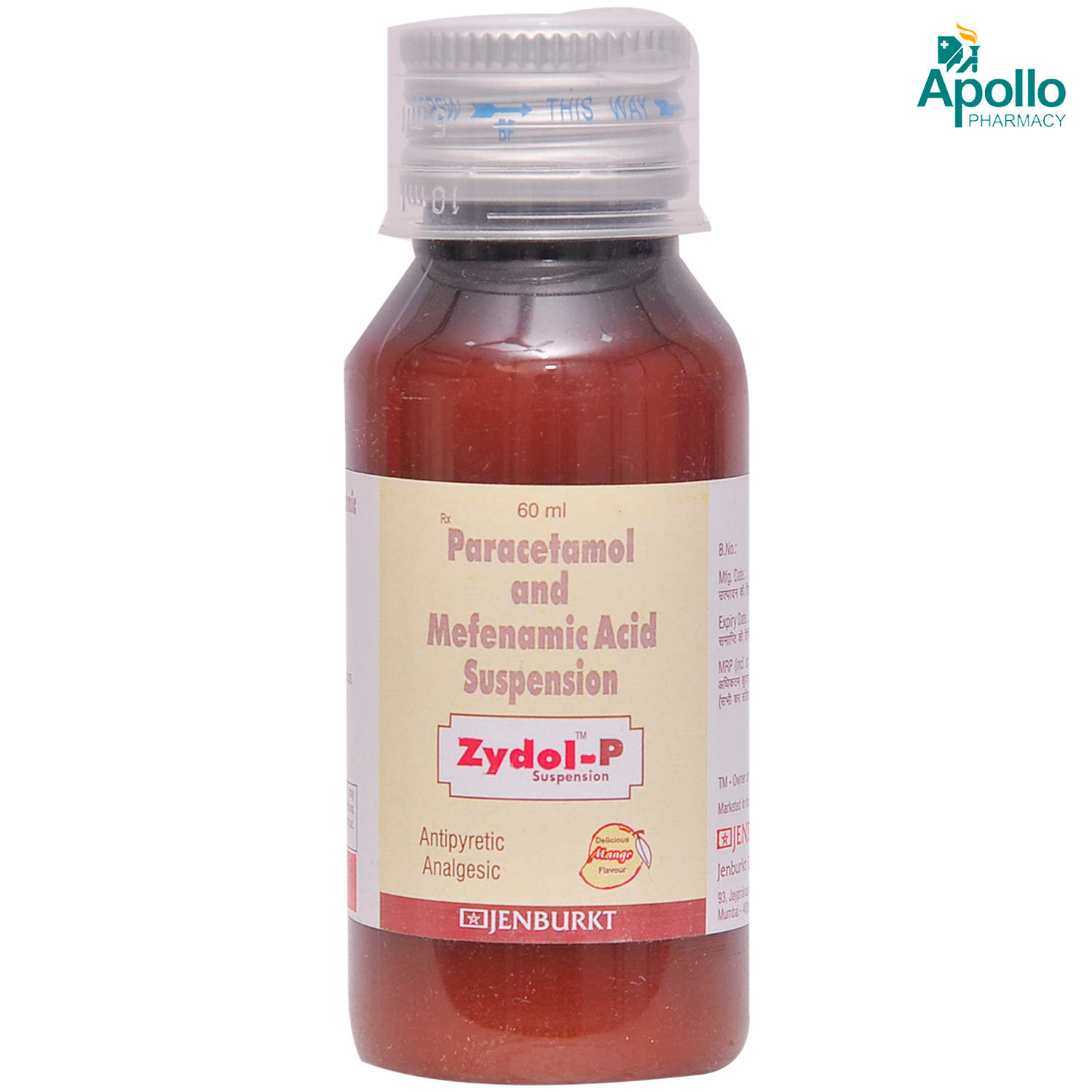Mefenamic Acid+paracetamol
About Mefenamic Acid+paracetamol
Mefenamic Acid+paracetamol belongs to a group of medicines called Non-Steroidal Anti-Inflammatory Drugs (NSAIDs) used for the treatment of pain, inflammation, migraine headache, period pain, heavy bleeding during periods, muscle pain, tooth pain, joint pain, pain after surgery, ear pain, fever, flu, osteoarthritis, and rheumatoid arthritis. Pain is a symptom triggered by the nervous system, causing uncomfortable sensations in the body.
Mefenamic Acid+paracetamol contains two drugs, Mefenamic acid and Paracetamol. Mefenamic Acid+paracetamol blocks the effect of a chemical messenger known as cyclo-oxygenase (COX) enzyme that makes other chemical prostaglandins. By blocking the effect of COX enzymes, lesser prostaglandins are produced. This helps reduce mild to moderate pain and inflammation at the injured or damaged site.
You are advised to take Mefenamic Acid+paracetamol for as long as your doctor has prescribed it for you, depending on your medical condition. In some cases, Mefenamic Acid+paracetamol may cause common side effects such as nausea, vomiting, indigestion, heartburn, and diarrhoea. Most of these side effects do not require medical attention and will resolve gradually over time. However, you are advised to talk to your doctor if you experience these side effects persistently.
Consult your doctor if you are pregnant or breastfeeding. Mefenamic Acid+paracetamol may cause dizziness, so drive only if you are alert. Avoid consuming alcohol with Mefenamic Acid+paracetamol as it could lead to increased dizziness and may increase the risk of stomach bleeding. Keep your doctor informed about your health condition and medicines to rule out any side effects/interactions.
Uses of Mefenamic Acid+paracetamol
Medicinal Benefits
Mefenamic Acid+paracetamol contains two Non-Steroidal Anti-Inflammatory Drugs (NSAIDs), Mefenamic acid and Paracetamol. Mefenamic Acid+paracetamol is used to treat pain, inflammation, migraine headache, period pain, heavy bleeding during periods, muscle pain, tooth pain, joint pain, pain after surgery, ear pain, fever, flu, osteoarthritis, and rheumatoid arthritis. Mefenamic Acid+paracetamol blocks the effect of a chemical messenger known as cyclo-oxygenase (COX) enzyme that makes another chemical, prostaglandin. Prostaglandins are produced at injury sites and cause pain and swelling. By blocking the effect of COX enzymes, lesser prostaglandins are produced. This helps reduce mild to moderate pain and inflammation at the injured or damaged site.
Directions for Use
Storage
Side Effects of Mefenamic Acid+paracetamol
- Indigestion
- Nausea
- Diarrhoea
- Heartburn
- Vomiting
Drug Warnings
Do not take Mefenamic Acid+paracetamol if you are allergic to any of its contents; if you have severe heart, kidney or liver failure; or if you have suffered bleeding problems such as bleeding from the stomach or bowels while taking painkillers or if you have peptic ulcers or inflammatory bowel disease. Inform your doctor if you have high blood pressure, heart problems, high cholesterol, dehydration, asthma, gastrointestinal bleeding, ulceration, perforation of the stomach and intestine, or liver and kidney problems. Consult your doctor if you are pregnant or breastfeeding. Mefenamic Acid+paracetamol may cause dizziness, so drive only if you are alert. Stop taking Mefenamic Acid+paracetamol and consult your doctor immediately if you have stomach pain or any signs of bleeding in the intestine or stomach, such as blood in stools. Do not take any other NSAIDs for pain relief along with Mefenamic Acid+paracetamol unless prescribed by the doctor.
Drug Interactions
Drug-Drug Interactions: Mefenamic Acid+paracetamol may interact with pain killers (aspirin, ibuprofen, celecoxib, diclofenac, naproxen), anti-gout (probenecid), immunosuppressants (cyclosporine, tacrolimus), anticoagulants (warfarin, heparin), anti-rheumatoid (methotrexate), anti-HIV (zidovudine), anti-depressant (duloxetine, lithium, fluoxetine, sertraline), steroid medication (mifepristone), anti-emetic (metoclopramide, domperidone), anti-cancer (imatinib), and bile acid sequestrants (cholestyramine).
Drug-Food Interactions: Avoid alcohol consumption while taking Mefenamic Acid+paracetamol as it might cause increased dizziness and risk of stomach bleeding.
Drug-Disease Interactions: Inform your doctor if you have peptic ulcers, bleeding disorders, asthma, fluid retention, gastrointestinal toxicity, rash, renal toxicity, thrombosis, anaemia, heart failure, liver toxicity, high blood pressure, platelet aggregation inhibition, or hyperkalemia (high potassium levels).
Drug-Drug Interactions Checker List:
Safety Advice

Alcohol
unsafeAvoid consumption of alcohol while taking Mefenamic Acid+paracetamol as it may cause increased dizziness. It can also increase the risk of stomach bleeding.

Pregnancy
cautionPlease consult your doctor if you are pregnant or if you have any concerns regarding this; your doctor will prescribe only if the benefits outweigh the risks.

Breast Feeding
cautionPlease consult your doctor before taking Mefenamic Acid+paracetamol; your doctor will decide whether Mefenamic Acid+paracetamol can be taken by breastfeeding mothers or not.

Driving
cautionMefenamic Acid+paracetamol may cause dizziness. Do not drive or operate machinery unless you are alert.

Liver
cautionDose adjustment may be needed in patients with liver impairment. Please consult your doctor if you have liver problems or any concerns regarding this.

Kidney
cautionDose adjustment may be needed in patients with kidney impairment. Please consult your doctor if you have kidney problems or any concerns regarding this.

Children
cautionPlease consult your doctor. Your doctor will prescribe the dose and duration based on your child's condition.
Habit Forming
Diet & Lifestyle Advise
- Physical activity helps strengthen muscles and relieves joint stiffness. Gentle activities like 20-30 minutes of walking or swimming would be helpful.
- Performing yoga may also help in improving joint flexibility and pain management.
- Maintain a healthy weight by performing regular low-strain exercises and eating healthy food.
- Get adequate sleep, as resting the muscles can help reduce inflammation and swelling.
- De-stress yourself by meditating, reading books, taking a warm bubble bath or listening to soothing music.
- Acupuncture, massage and physical therapy may also be helpful.
- Eat food rich in antioxidants such as berries, spinach, kidney beans, dark chocolate, etc.
- Foods containing flavonoids help in reducing inflammation. These include soy, berries, broccoli, grapes and green tea.
- Avoid smoking and alcohol consumption.
Patients Concern
Disease/Condition Glossary
Pain: Pain is a symptom triggered by the nervous system, causing uncomfortable sensations in the body. Pain may be dull or sharp; it might be constant or may come and go. The tolerance level of pain might vary from person to person. Pain can be generalised (overall body aches) or localized (affecting a specific area of the body). The common causes of pain include headache, muscle strain, cramps, cuts, bone fractures, and arthritis.
Osteoarthritis: It is a joint disease in which the two ends of the joints come together due to the breakdown of a protective covering called cartilage. Due to the absence of this protective covering, the joints rub against each other, leading to pain and stiffness. Symptoms include pain, stiffness, inflammation and tenderness.
Rheumatoid arthritis: It is an auto-immune disease (the body's immune system attacks its tissue), leading to joint pain and damage. Symptoms of rheumatoid arthritis include pain, swelling, stiffness, deformities and loss of joint function.
FAQs
Mefenamic Acid+paracetamol blocks the effect of a chemical messenger known as cyclo-oxygenase (COX) enzyme that makes another chemical, prostaglandins. This helps reduce mild to moderate pain and inflammation at the injured or damaged site.
Mefenamic Acid+paracetamol is used to reduce and relieve pain and inflammation associated with osteoarthritis and rheumatoid arthritis. Arthritis is tenderness and swelling in the joints.
Avoid taking Mefenamic Acid+paracetamol if you have stomach ulcers, bleeding problems, or heart problems. Talk to your doctor regarding your concerns; he/she may prescribe alternate medicine.
Diarrhoea might be a side-effect of Mefenamic Acid+paracetamol. Drink enough fluids and eat non-spicy food if you experience diarrhoea. If you find blood in your stools (tarry stools) or experience severe diarrhea, consult your doctor. Do not take anti-diarrheal medicine on your own.
Mefenamic Acid+paracetamol is used to relieve menstrual (period) pain and management of excessively heavy periods. Take Mefenamic Acid+paracetamol only as prescribed by the doctor.
Mefenamic Acid+paracetamol is generally prescribed for short-term use. Do not take Mefenamic Acid+paracetamol for longer durations as it might increase the risk of kidney problems and stomach bleeding.






